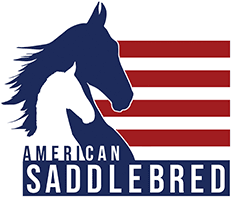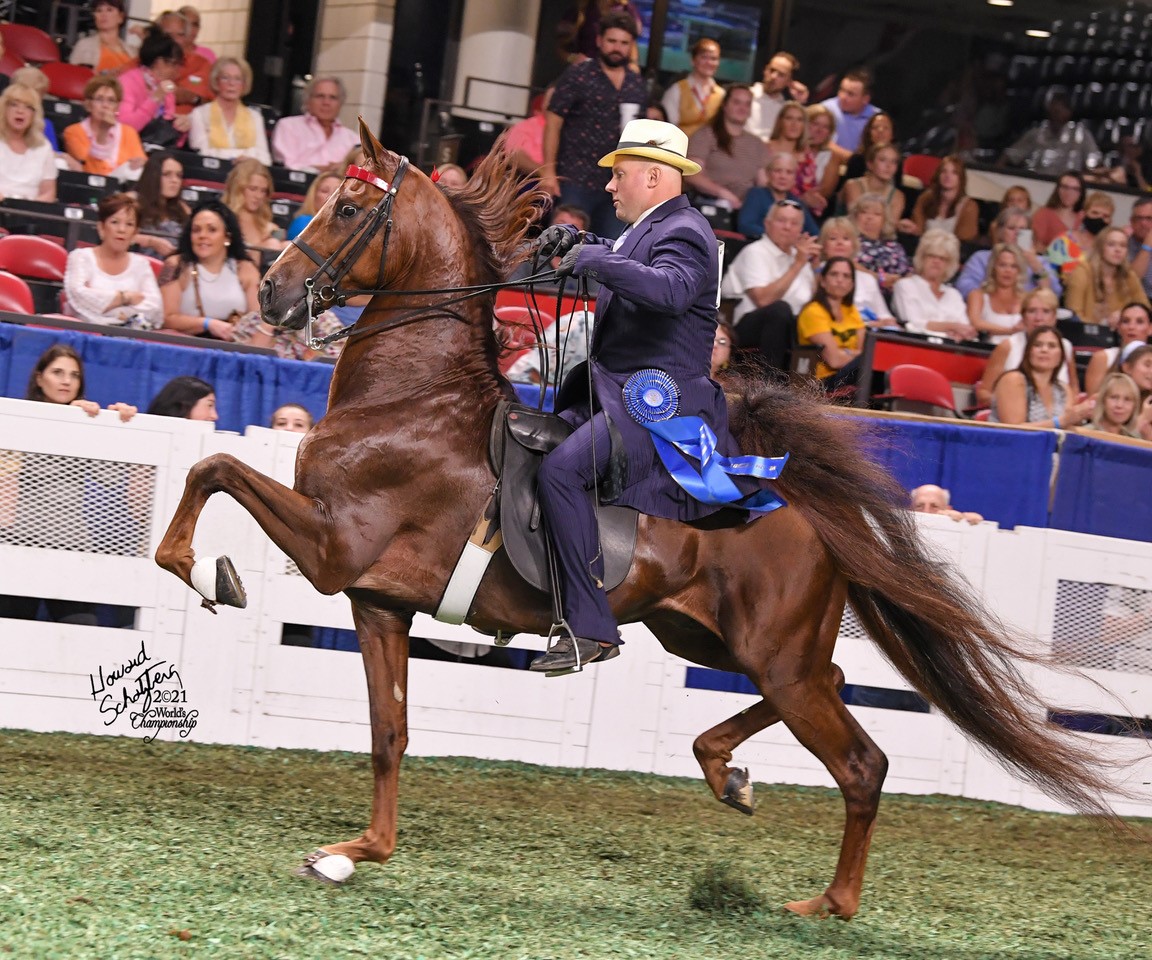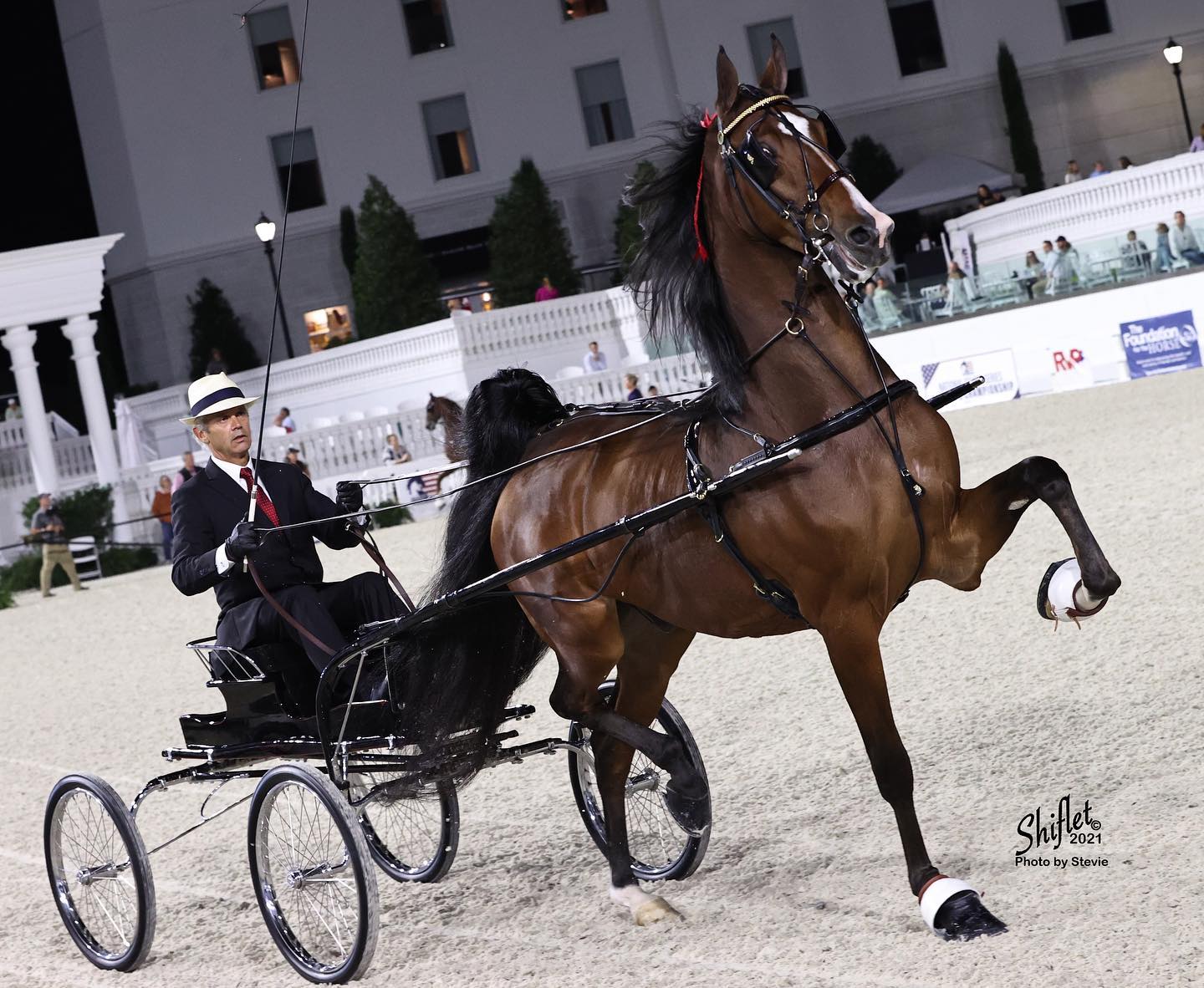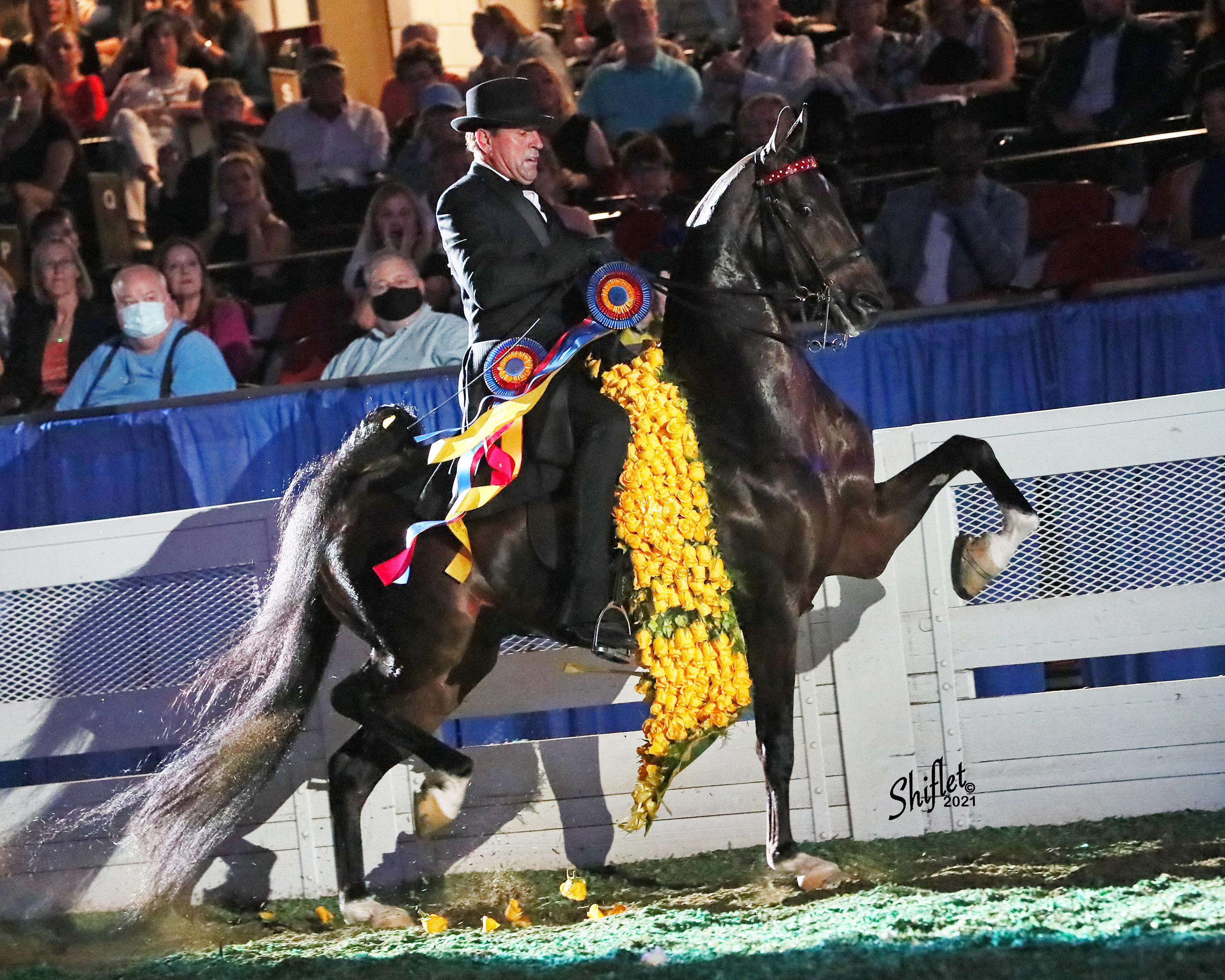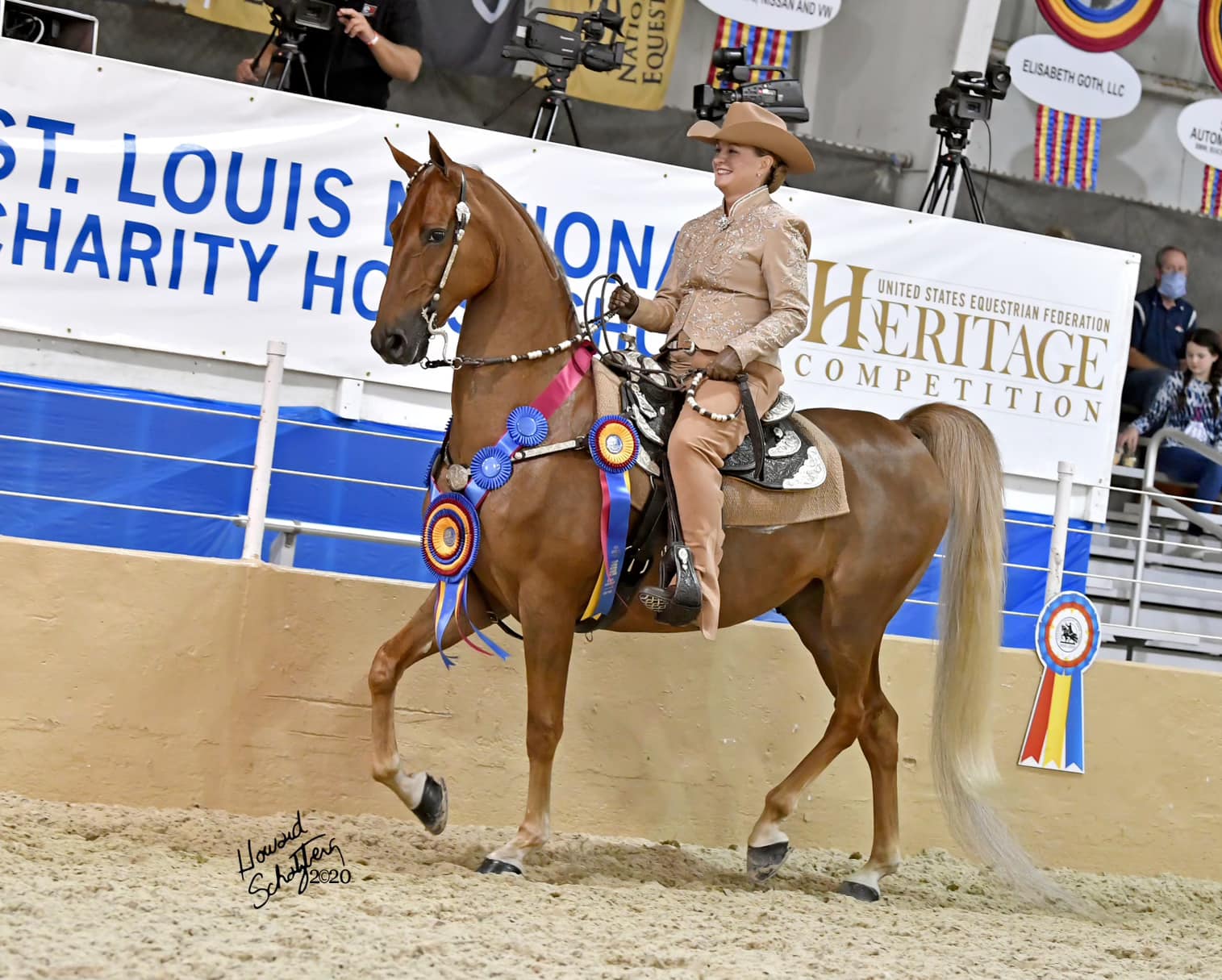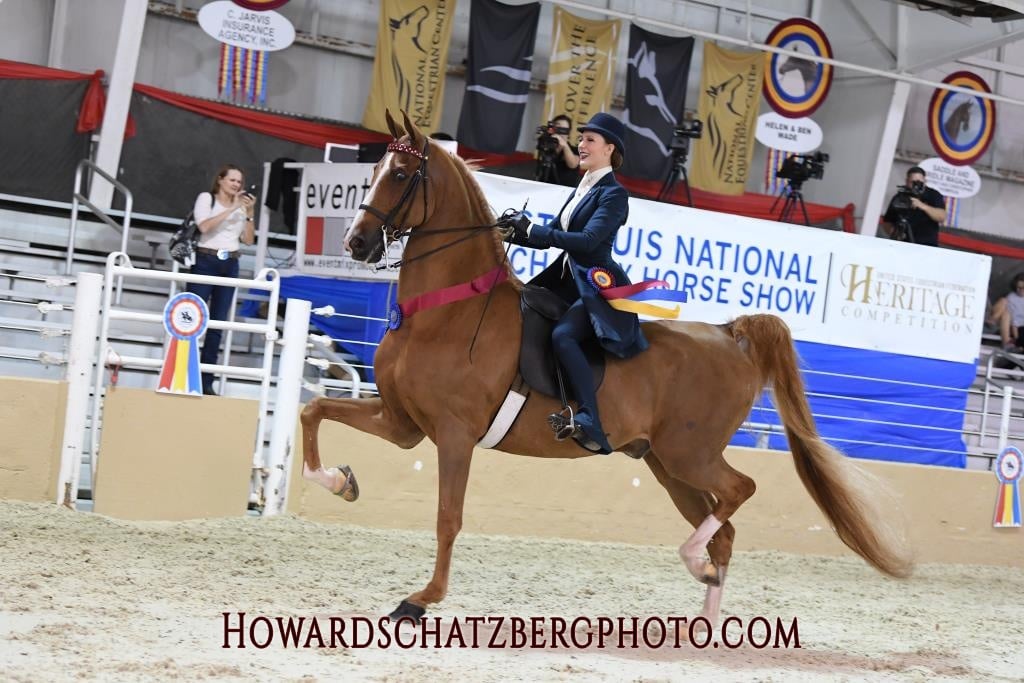
Meet the American Saddlebred
Disciplines & Uses
A trusted partner for centuries, there are no limits to what an American Saddlebred can do! Their willing attitude, big heart and unmatched bravery make American Saddlebreds a suitable candidate for a variety of disciplines and riders.
Their animated style and brilliance in the show ring has helped them epitomize the saddle seat discipline in every division from performance to pleasure, with professional trainers and adult amateurs to young children. Breed shows also regularly offer driving, western, hunt seat, equitation, and ranch riding classes. Outside of breed shows, American Saddlebreds excel in combined driving, dressage, endurance, eventing, western dressage, jumping, and more. The American Saddlebred is the perfect horse for the whole family to enjoy as companions and trail horses as well!
In the Show Ring
American Saddlebreds are considered the original and often referred to as the “ultimate show horse.” They are the breed that defines the saddle seat discipline. For generations, they have been bred to feature naturally long and shapley necks allowing for high head carriage and the ability to have animated gaits at the walk, trot and canter. The recognized divisions in which American Saddlebreds compete at recognized breed competitions give options for riders of all levels of interests and abilities.
Full American Saddlebred show division descriptions and rules here.
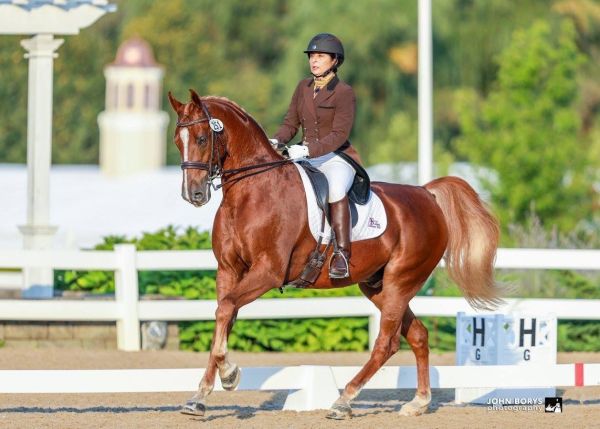
In Dressage
American Saddlebreds, with their roots as cavalry horses, are naturally talented for dressage. Literally French for "training," dressage was developed on the battlefield, as highly trained horses were prized mounts in war. Today, dressage is an international sport involving progressively difficult levels with multiple tests within each level. Each test is a series of movements that must be performed by the horse and rider.
American Saddlebreds and Half Saddlebreds have found much success in this popular discipline in the United States and internationally. Saddlebreds have competed up to the FEI Grand Prix, the highest level of dressage. The breed's intelligence, athletic ability and trainability make them an ideal partner for dressage enthusiasts.
ASHBA is a proud partner of the United States Dressage Federation All Breeds Awards Program.
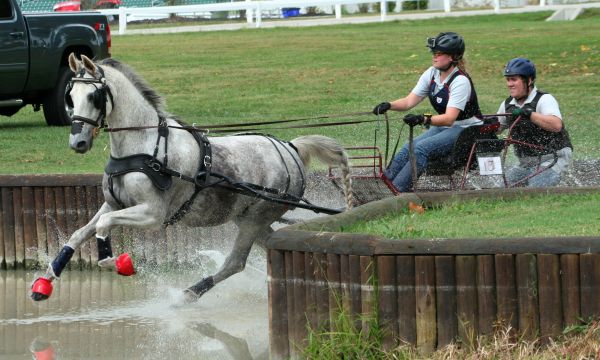
In Driving
American Saddlebreds have a long history as driving horses, and were often used as a family driving horse and transported goods to market. Prior to the industrial revolution, the horse and buggy represented the primary mode for both public and private transportation. As the car grew in popularity, the use of horses decreased, and driving transitioned to become a competitive sport.
Today, driving encompasses a variety of classes from carriage driving to combined driving, pleasure driving and fine harness. American Saddlebreds compete and succeed in all aspects of driving.
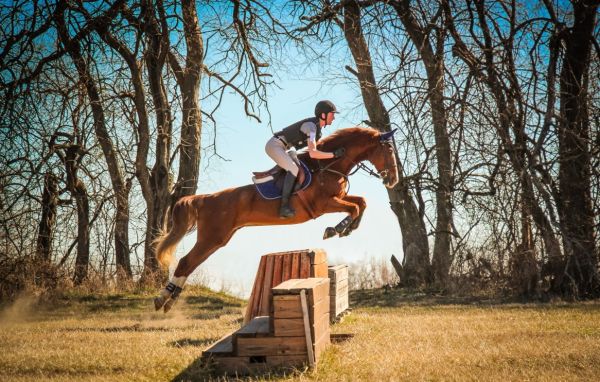
In Eventing
Eventing is best described as an equestrian triathlon. The sport originated as a cavalry test, and has seen the American Saddlebred, a prized cavalry horse excel around the world in this discipline.
Eventing is comprised of three phases: dressage, cross country and show jumping. The first phase – dressage – shows the graceful partnership of horse and rider through a sequence of movements in a test. The next phase – cross country – challenges bravery, fitness and determination as combinations navigate a series of solid obstacles, technical questions and varied terrain. In the final phase – show jumping – pairs must again prove their precision as they clear a course of fences.
Eventing is the perfect sport to showcase the versatility of American Saddlebreds. With their athletic ability and brave heart, American Saddlebreds succeed in all phases of eventing!
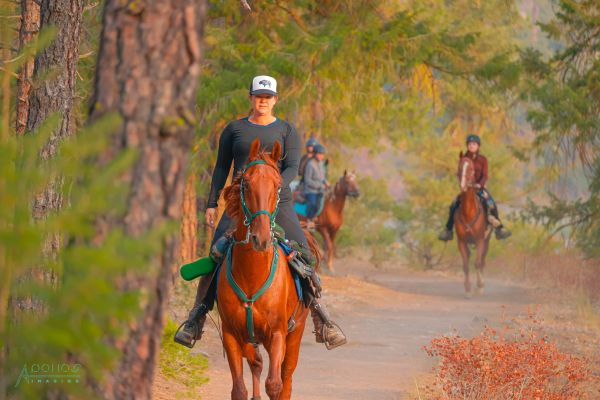
In Endurance and Distance Riding
Distance and endurance riding are sports where stamina and conditioning win the competition. American Saddlebred's heritage as working horses and their characteristic athleticism has found them find great success at all levels of these disciplines. Two legendary Saddlebreds from these disciplines are record-holders: CH-SH Wing Tempo in Competitive Trail Riding (CTR) and CH-SH Rex Rysdyk in endurance.
A competitive trail ride (CTR) is a timed, judged trail ride. It’s not a race in the traditional sense, as the horse finishing in the shortest time doesn’t always get the highest score. The sport emphasizes safety, proper horse management, and communication and teamwork between horse and rider. CH-SH Wing Tempo won 22 national titles during his competitive years and set the world record of a combined total of 20,710 miles by his early 20’s – a record it took a second horse into his late 30’s to best.
Most endurance competitions range from 25 miles to over 100 miles long, all ridden in one day. The terrain is varied from mountainous to desert and everything in between. At a competition, riders are required to stop periodically along an assigned route to pass a veterinary check that deems the horse in good health and fitness to continue. American Saddlebreds have graced the leaderboards at endurance competitions around the world, including the famous and challenging Tevis Cup. CH-SH Rex Rysdyk was a five-gaited show horse, whose owner also entered him in one of the early Cavalry tests where he was the only horse to complete two three hundred mile challenges in two consecutive years.
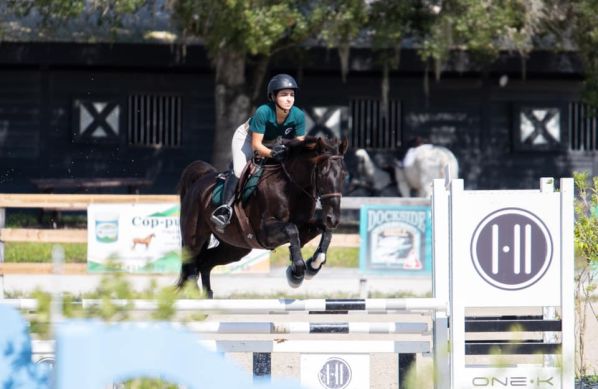
In Hunter/Jumpers
Each year, more than 1,000 rated Hunter/Jumper competitions take place across the country, and American Saddlebreds can be seen competing (and winning) over fences and on the flat! The origin of the show ring hunter can be found in the sport of fox-hunting where horse and rider galloped over miles of countryside with varying terrain negotiating natural obstacles. Modern hunter classes were designed to test the qualities and attributes of a successful hunt horse.
Jumper classes are scored objectively based solely on the horse’s athletic ability over fences as measured by time. A jumper’s only job is to clear all the fences in the course as quickly as possible without incurring any faults.
American Saddlebreds possess the grace to succeed in the Hunter division, and their bravery and agility make them bold partners for the Jumper ring.
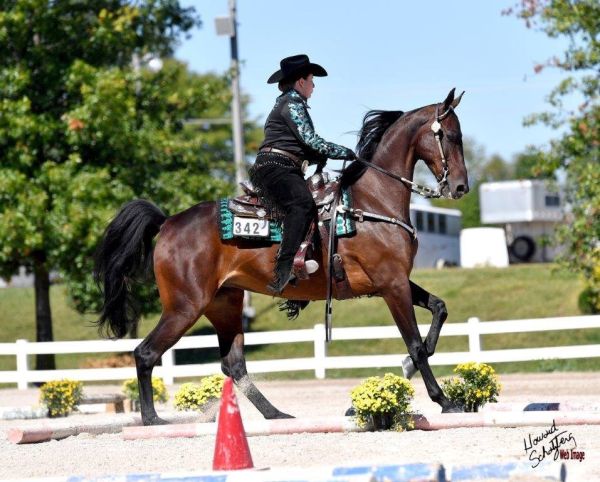
In Ranch Riding
Ranch riding classes measure the ability of a horse to be a pleasure to ride, with the horse's utility as they complete a series of tasks which represent various jobs horses may be asked to perform while working on a ranch.
Ranch riding is an opportunity to reflect the versatility, attitude and movement of the American Saddlebred as a working horse. American Saddlebreds can compete in Ranch Riding classes at American Saddlebred shows or on the open circuit!
